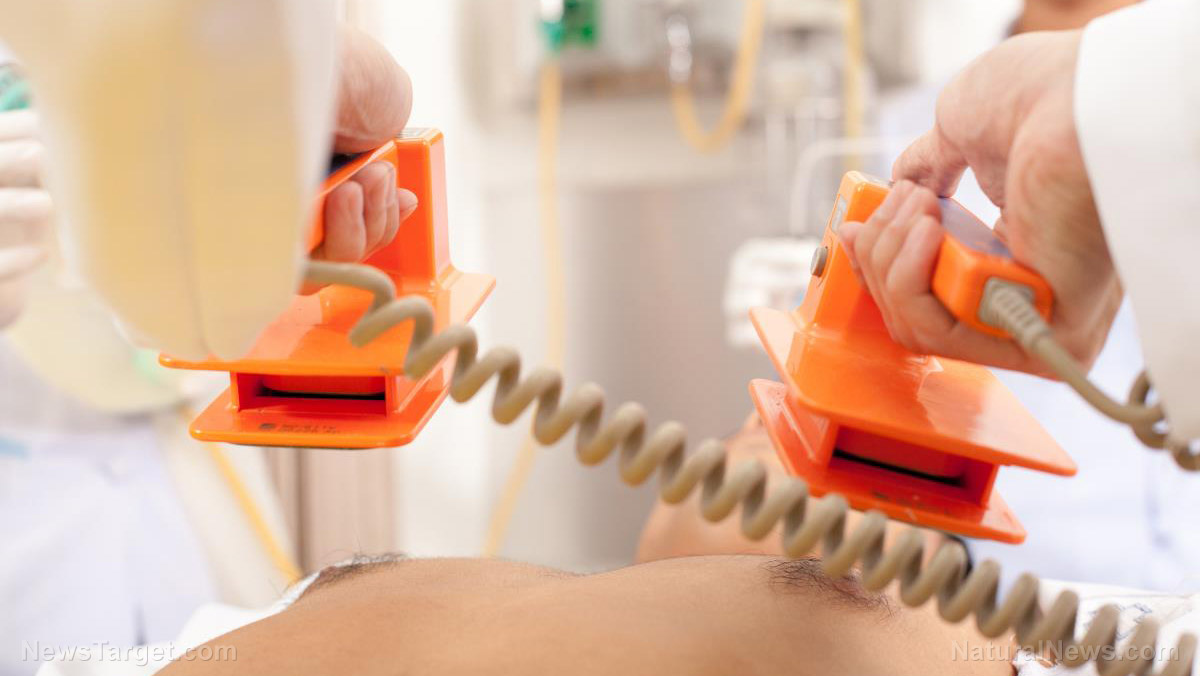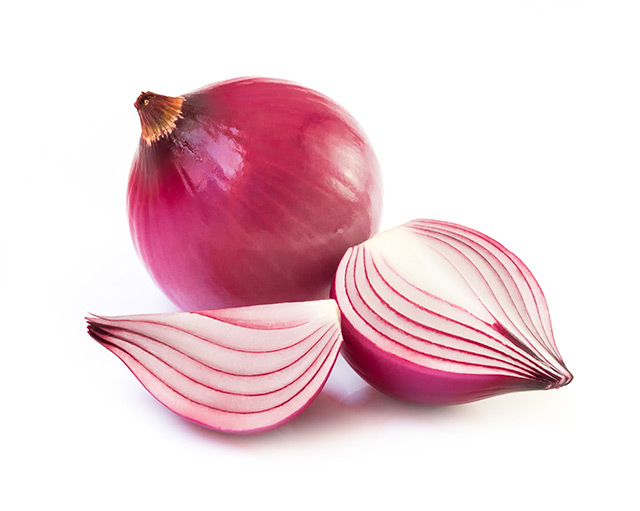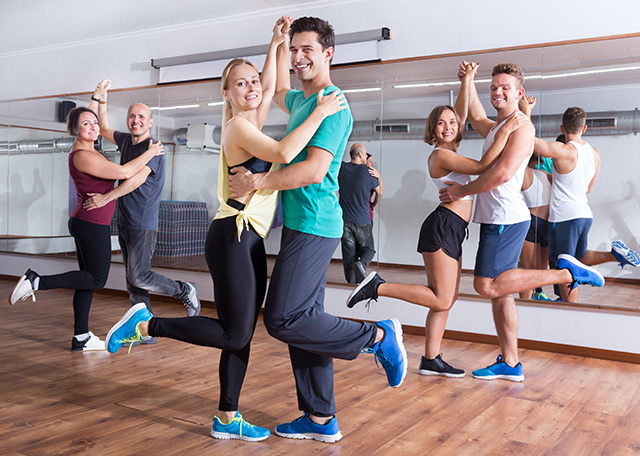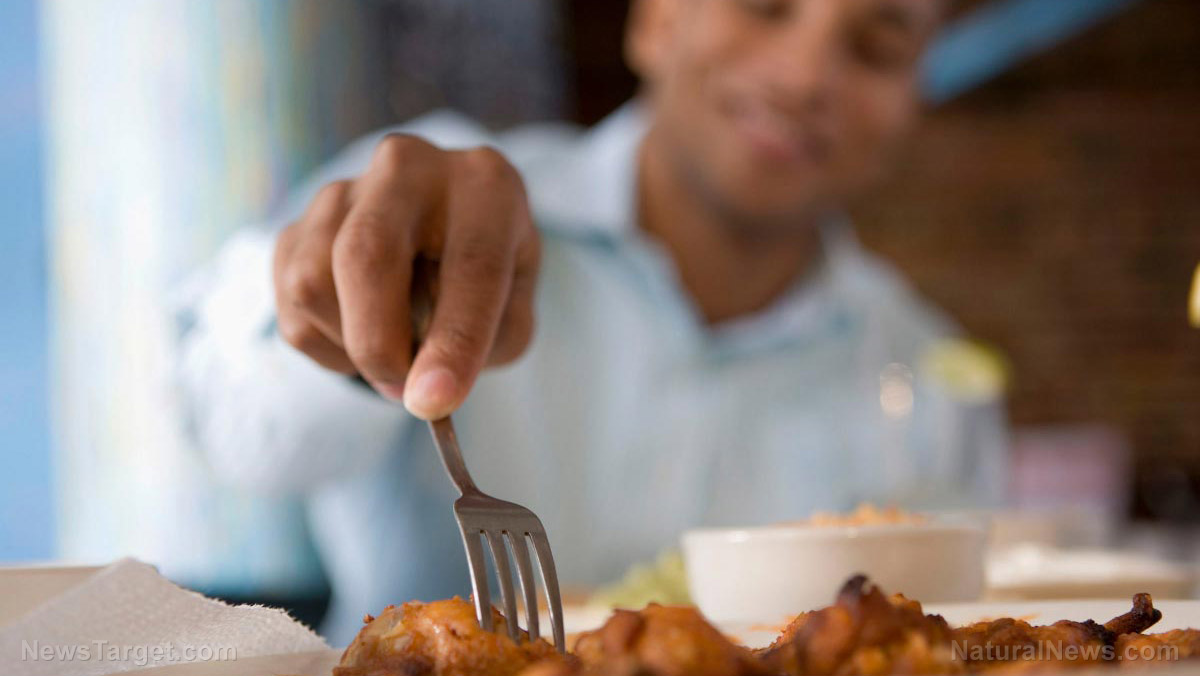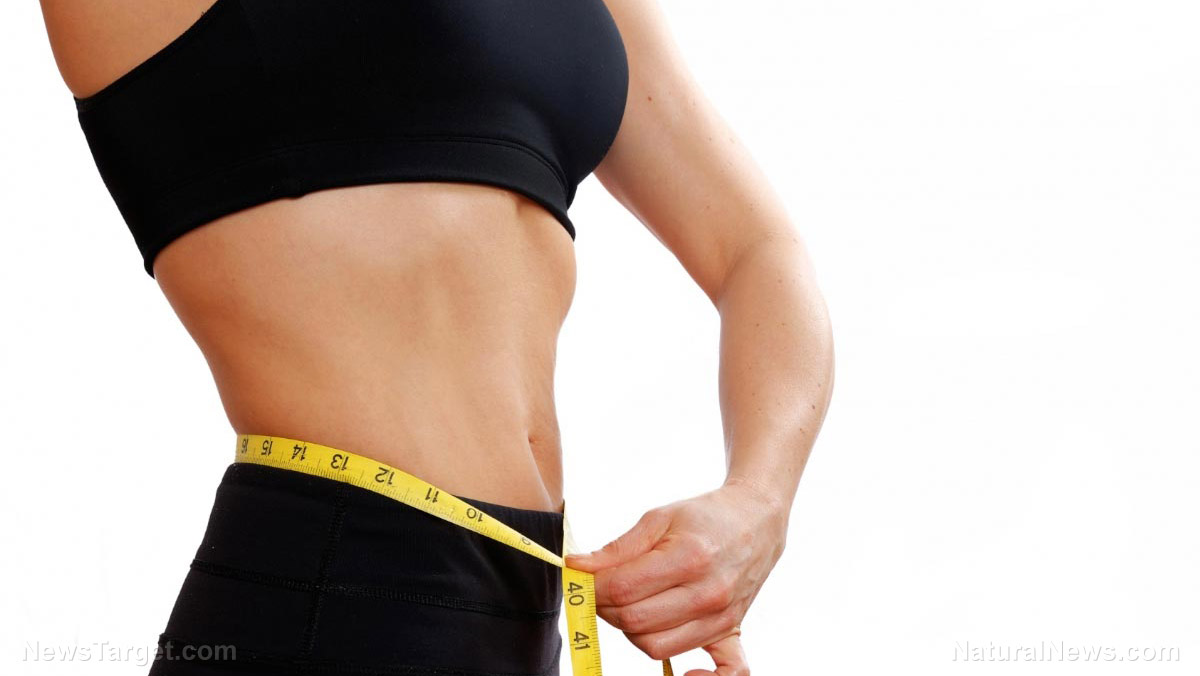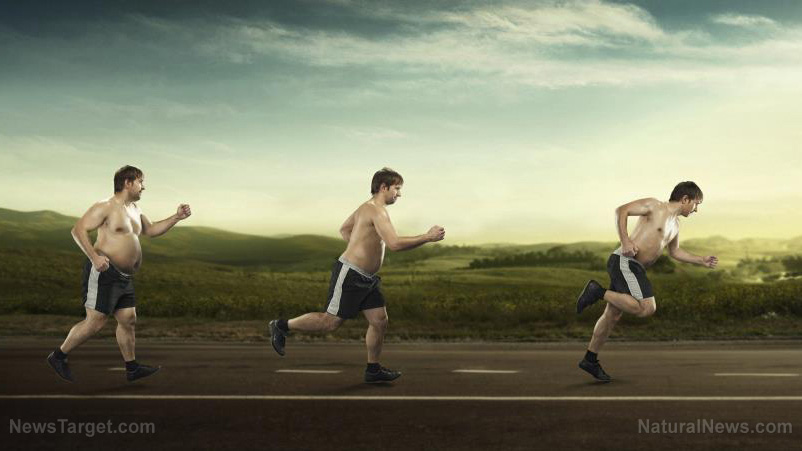Three parts of metabolism you must understand to lose weight
11/18/2015 / By Michael Bundrant
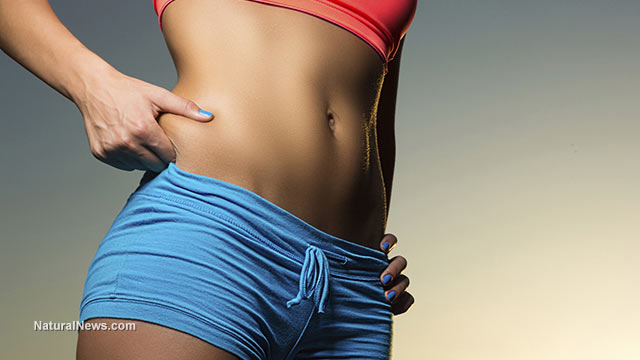
As we age, our metabolism tends to slow down. Even young people experience this.
I remember the first time I noticed this happening, I was eighteen years old and fresh out of high school. All of the girls that I knew gained a good ten to fifteen pounds.
We were all used to being able to eat all the burritos and pizza we wanted, and were blindsided by this tragic deceleration of our “trusty” teen metabolic rate. This is commonly referred to as the “freshman fifteen,” which when uttered, still stings my ears.
Understanding how to speed up our metabolism when it begins to slow down, begins with understanding our metabolism in general.
Metabolism works in three parts:
1. Your resting metabolic rate is how many calories your body burns when regulating your body and it’s functions. You should know your estimated resting metabolic rate if you want to know how much to eat every day. Do you want to lose weight, gain weight, maintain? Knowing your RMR is the starting point,
Read more and calculate your RMR with the tool on this page.
2. Next, is the thermic effect of feeding, which is how many calories you burn when you are digesting food. Some foods require more calories to digest, which has led to false claims regarding so-called negative calorie foods. Read more about the thermic effect of foods on Tom Venuto’s informative post.
3. Last, is the thermic effect of activities, or how many calories that you burn when exercising.
Weight training is a great way to boost your metabolism, because when you have more muscle, you raise your resting metabolic rate. So keep adding the weights to the work-out machines at the gym, because trust me, you’re doing more than just sculpting your guns, you’re making it easier to keep excess weight off in the future.
Interval cardio training is also great for your metabolism because it boosts it for hours after your workout is over. This is known as the after burn effect. Take advantage of it!
Making sure that you’re not taking short cuts is a great way to stay active throughout the day, keep that heart rate up, and your metabolic rate as well. This can be as easy as taking the dog for an extra walk, which I’m sure he’ll appreciate, or mowing the lawn rather than paying the gardener.
Finally, put it all together to create your weight loss plan. Know your daily calorie burn. Eat a balanced diet that includes high thermic foods and burn fat by engaging in high thermic activities.
Sources:
Understanding Metabolism: How to Boost Yours with Exercise / Fitness. (n.d.). Retrieved from http://www.fitday.com/fitness-articles/fitness/understanding-metabolism-how-to-boost-yours-with-exercise.html
Tagged Under:

